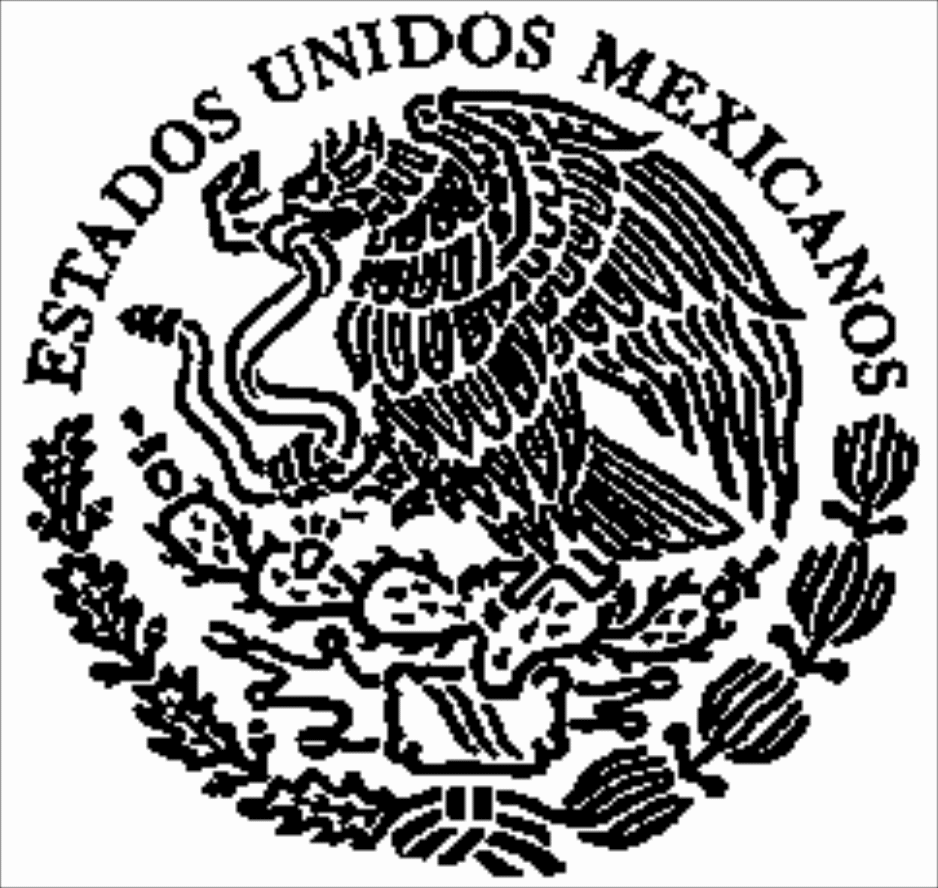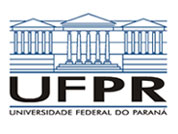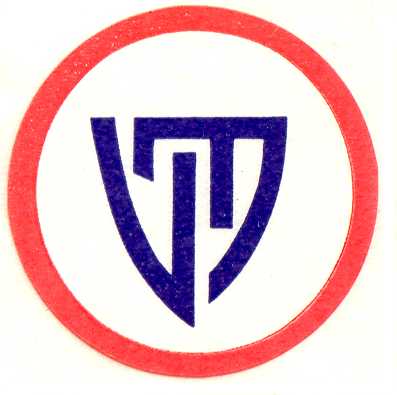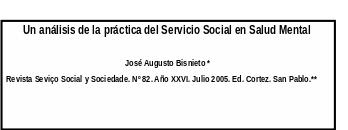SYNOPSIS OF NLCD 2001 LAND COVER CLASS CODES IN
FIRST PRESBYTERIAN CHURCH A SYNOPSIS OF ISSUES2 SYNOPSIS CERITA LEGENDA RARA KEMBANG SORE JUDUL
24D 7A10 24D SYNOPSIS 2 4D IS ONE
5 PROFESSOR LEBLANC A BRIEF SYNOPSIS OF A FEW
A SYNOPSIS OF NOVEL CONCEPT FOR LARGE DEFORMABLE
A SYNOPSIS OF A PUBLISHED PAPER KEMEI ZHAO
Land Cover Class Code Value
Synopsis of NLCD 2001 Land Cover Class Codes in Minnesota
Value: 11
Definition: Open Water – All areas of open water, generally with less than 25% cover of vegetation or soil.
Value: 21
Definition: Developed, Open Space – Areas with a mixture of some constructed materials, but mostly vegetation in the form of lawn grasses, and impervious surfaces accounting for less than 20% of total cover. These areas most commonly include large-lot single-family housing units, parks, golf courses, and vegetation planted in developed settings for recreation, erosion control, or aesthetic purposes
Value: 22
Definition: Developed, Low Intensity – Areas with a mixture of constructed materials and vegetation, impervious surfaces accounting for 20-49% of total cover. These areas most commonly include single-family housing units.
Value: 23
Definition: Developed, Medium Intensity – Areas with a mixture of constructed materials and vegetation, impervious surfaces accounting for 50-79% of the total cover. These areas most commonly include single-family housing units.
Value: 24
Definition: Developed, High Intensity – Highly developed areas where people live or work in high numbers, including apartment complexes, row houses and commercial/industrial zones. Impervious surfaces account for 80-100% of total cover.
Value: 31
Definition: Barren Land (Rock/Sand/Clay) – Bedrock, desert pavement, scarps, talus, slides, volcanic material, glacial debris, sand dunes, strip mines, gravel pits and other accumulations of earthen material. Vegetation generally accounts for less than 15% of total cover.
Value: 41
Definition: Deciduous Forest – Dominated by trees generally over 5 meters tall, and more than 20% of total vegetation cover. More than 75% of the tree species shed foliage simultaneously in response to seasonal change.
Value: 42
Definition: Evergreen Forest – Dominated by trees generally over 5 meters tall, and more than 20% of total vegetation cover. More than 75% of the tree species remain in leaf all year. Canopy is never without green foliage.
Value: 43
Definition: Mixed Forest – Dominated by trees generally over 5 meters tall, and more than 20% of total vegetation cover. Neither deciduous nor evergreen species are more than 75% of total tree cover.
Value: 52
Definition: Shrub/Scrub – Areas dominated by shrubs under 5 meters tall with shrub canopy typically more than 20% of total vegetation. This class includes true shrubs, young trees in an early successional stage or trees stunted from environmental conditions.
Value: 71
Definition: Grassland/Herbaceous – Areas dominated by graminoid or herbaceous vegetation, generally more than 80% of total vegetation. These areas are not subject to intensive management or tilling, but can be utilized for grazing.
Value: 81
Definition: Pasture/Hay – Areas of grasses, legumes, or grass-legume mixtures planted for livestock grazing or production of seed or hay crops, typically on a perennial cycle. Pasture/hay accounts for more than 20% of total vegetation.
Value: 82
Definition: Cultivated Crops – Areas used for the production of annual crops, such as corn, soybeans, vegetables, tobacco, and cotton, and also perennial woody crops such as orchards and vineyards. Crop vegetation accounts for more than 20% of total vegetation. Includes all land being actively tilled.
Value: 90
Definition: Woody Wetlands – Areas where forest or shrub land vegetation accounts for more than 20% of vegetative cover and the soil or substrate is periodically saturated with or covered with water.
Value: 95
Definition: Emergent Herbaceous Wetlands – Areas where perennial herbaceous vegetation accounts for more than 80% of vegetative cover and the soil or substrate is periodically saturated with or covered with water.
A SYNOPSIS OF THE PAPER “OPTICAL PERFORMANCE OF THE
A SYNOPSIS OF THE THESIS TO BE SUBMITTED TO
ACTIVITÉ CRÉATION SYNOPSIS PROCÈS SIMULÉS ÉTUDIANTS DE LA 9E
Tags: class codes, this class, cover, synopsis, codes, class
- NOM COMUNICACIÓ PRÈVIA AMBIENTAL D’OBERTURA D’UNA ACTIVITAT ANNEX III
- ADVERTENCIA A LOS CLIENTES DE AGUA POTABLE EL AGUA
- CONVÊNIO DE ESTÁGIO PESSOA JURÍDICA CONVÊNIO DE ESTÁGIO QUE
- CONCURSOS ARABA 1 PROYECTO SERVICIO DE LIMPIEZA DEL EDIFICIO
- DECRETO FORAL 7296 DE 14 DE MAYO REGULADOR DE
- PUBLIC ACQUISITION OF THE MANUFASCTURERS WATER COMPANY PROPERTIES
- E NVIRONMENTAL FACT SHEET OILY WASTES WHAT
- STUDENT VISA (FOR A PERIOD OF STAY IN SPAIN
- CONCURSO DE PRECIOS N° 82008 COMPLEJO NATATORIO TRABAJOS
- ZARZĄDZENIE NR 173 1182 04 PREZYDENTA MIASTA
- 3 WOJEWODA ŚLĄSKI KATOWICE 1 LIPCA 2015 R SOIA622312015
- 0S PRIVACY SECURITY HIPAA PRIVACY RIGHTS AND OPERATIONS GUIDE
- CENTRUM MEDYCZNE KSZTAŁCENIA PODYPLOMOWEGO STUDIUM KLINICZNO DYDAKTYCZNE PROGRAMY
- CONCURS D’AVANTPROJECTE PER LA REORDENACIÓ REFORMA I DOTACIÓ DE
- A COMPREHENSIVE MODEL FOR PMOS NBTI DEGRADATION RECENT PROGRESS
- CONCURSO “PROBLEMAS CON PREMIO” SOLUCIONES DE LOS PROBLEMAS DEL
- PAGINA 12 EL PAÍS DEL DOMINGO13AGO2006(16)|HOY INGRESAR|REGISTRARSE DOS TEORICOS
- CONCURSO ALCAB2007 DIRECCIÓN TÉCNICA MIGUEL REDONDO (619215157)
- MUNICIPIO ROMA XII GIORNI ED ORARI PER LE
- GROUP 63 MODEL COLLABORATIVE COMMISSIONING AGREEMENT MULTIPLE CONTRACT OPTION
- 3 INCENDIOS LO QUE USTED DEBE SABER
- CPM 20092 ANEXO 2 PROYECTO DE APÉNDICE DE LA
- ACTA DE CALIFICACIÓN DE DOCUMENTACIÓN GENERAL PRESENTADA PARA LA
- PRACTICE QUESTIONS FOR GENERAL INTERVIEWS PERSONAL QUALITIES PLEASE
- EXPERIMENTAL INVESTIGATION AND MULTICOMPONENT MODELING OF URANIUM TRANSPORT IN
- 2 SZÁMÚ MELLÉKLET J E G Y Z Ő
- ASSESSMENT OF ENGLISH LANGUAGE ACQUISITION STAGES 1 AND 2
- EKI BU TEBLIĞ KAPSAMINDA GIREN ENERJI KULLANAN ÜRÜNLERIN LISTESI
- CONCURSOS BIZKAIA 1 PROYECTO OBRAS DE REFORMA DEL AYUNTAMIENTO
- FRI VILJE – HEGEL NIETZSCHE LUTHER1 AF CARSTEN PALLESEN
 GRADE 5 MODULE 3A UNIT 2 LESSON 16 DEVELOPING
GRADE 5 MODULE 3A UNIT 2 LESSON 16 DEVELOPING PCI ACTION PLAN FOR SDP COMPLIANCE (VERSION 20) MASTERCARD
PCI ACTION PLAN FOR SDP COMPLIANCE (VERSION 20) MASTERCARDLENGUA Y LITERATURA II 2º BACHILLERATO TEMA 12 LAS
 FUNDAMENTOS DE INFORMÁTICA 1º INGENIERÍA TÉCNICA PREPARACIÓN DE LA
FUNDAMENTOS DE INFORMÁTICA 1º INGENIERÍA TÉCNICA PREPARACIÓN DE LAESPECIFICACIÓN TÉCNICA MASTERYS IP+ POTENCIA NOMINAL 10152030406080 KVA SISTEMA
STATUT (ZŘIZOVACÍ LISTINA) MÍSTNÍ (OBECNÍ) KNIHOVNY V …………………………… ZASTUPITELSTVO
ENGLISH 5 CRITICAL THINKING STUDENT LEARNING OUTCOMES AT THE
LA CONSTRUCCIÓN DE LA REALIDAD A TRAVES DEL LENGUAJE
 REGLAMENTO DE LA LEY MINERA EN MATERIA DE GAS
REGLAMENTO DE LA LEY MINERA EN MATERIA DE GAS MACBETH – GUILTY AS CHARGED? MANY DIFFERENT AND OFTEN
MACBETH – GUILTY AS CHARGED? MANY DIFFERENT AND OFTEN5 PROJEKTS LATVIJAS REPUBLIKAS MINISTRU KABINETS 2020GADA NOTEIKUMI
HELP WITH MAKING A COMPLAINT IF YOU REQUIRE HELP
 CLUB SURVEY TEMPLATE THE COMMITTEE CONDUCTS PRESEASON AND END
CLUB SURVEY TEMPLATE THE COMMITTEE CONDUCTS PRESEASON AND ENDPHẦN V CÁC VĂN BẢN VỀ HỖ TRỢ
CONSEJOS DE SEGURIDAD EN VACACIONES CON EL VEHÍCULO
 SECRETARÍA DE LA PEQUEÑA Y MEDIANA EMPRESA MICRO PEQUEÑAS
SECRETARÍA DE LA PEQUEÑA Y MEDIANA EMPRESA MICRO PEQUEÑAS U NIVERSIDADE FEDERAL DO PARANÁ PROGRAMA DE PÓSGRADUAÇÃO EM
U NIVERSIDADE FEDERAL DO PARANÁ PROGRAMA DE PÓSGRADUAÇÃO EM COLEGIO VILLA MARÍA MIRAFLORES SYLLABUS ANUAL DEL
COLEGIO VILLA MARÍA MIRAFLORES SYLLABUS ANUAL DEL SENTENCIA NO 2125 DE 2012 HOJA N° 6 RADICACIÓN
SENTENCIA NO 2125 DE 2012 HOJA N° 6 RADICACIÓN RESUMEN ESTE ARTÍCULO HACE UN ANÁLISIS CRÍTICO DE LA
RESUMEN ESTE ARTÍCULO HACE UN ANÁLISIS CRÍTICO DE LA